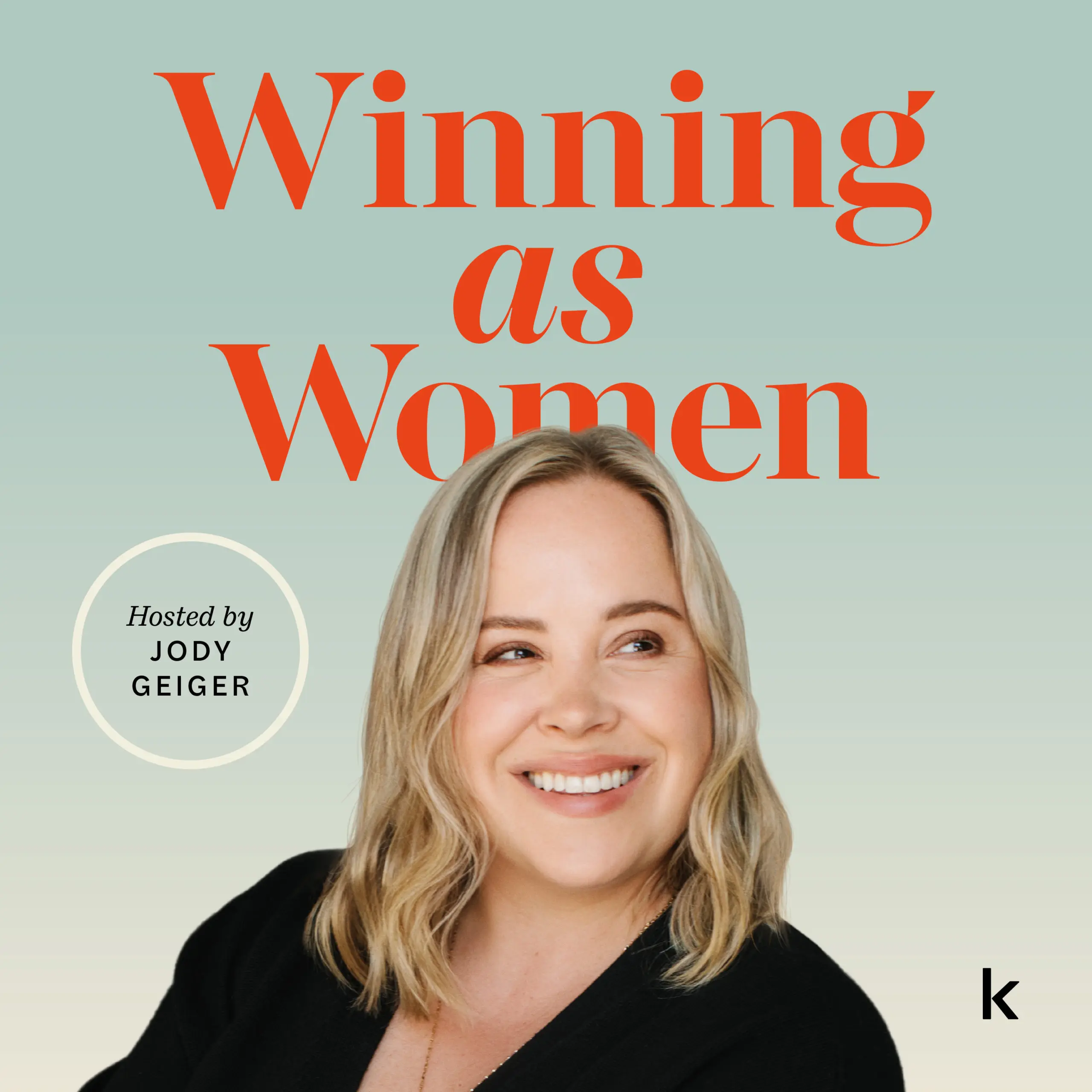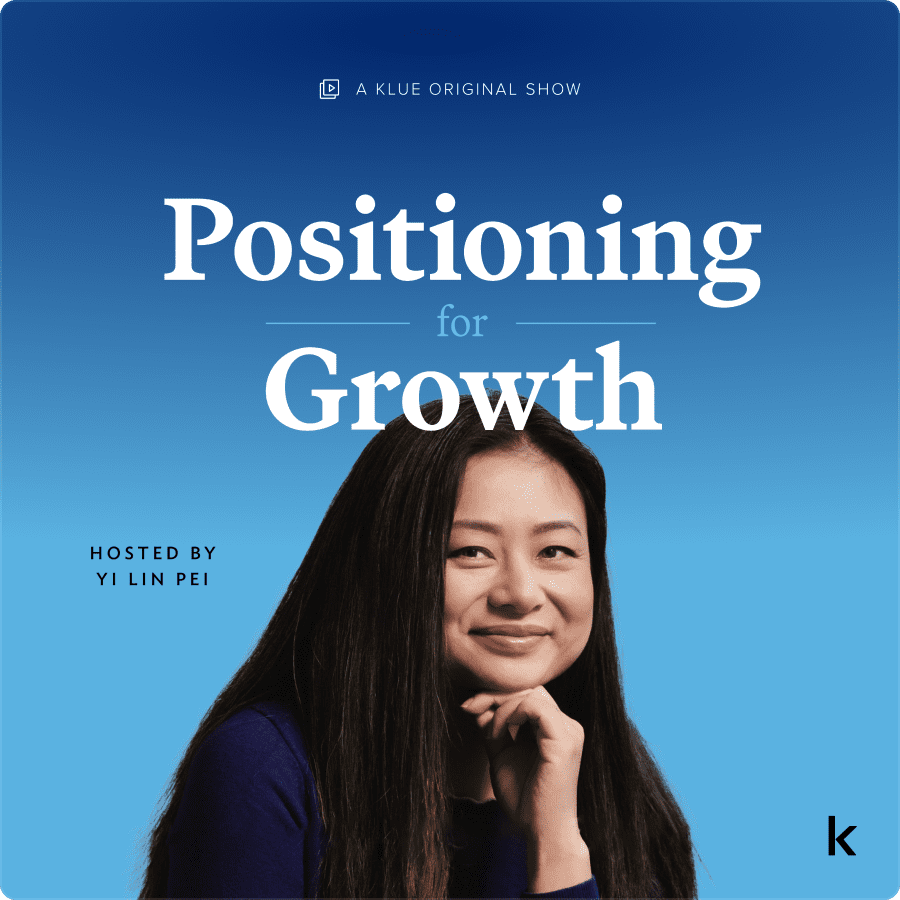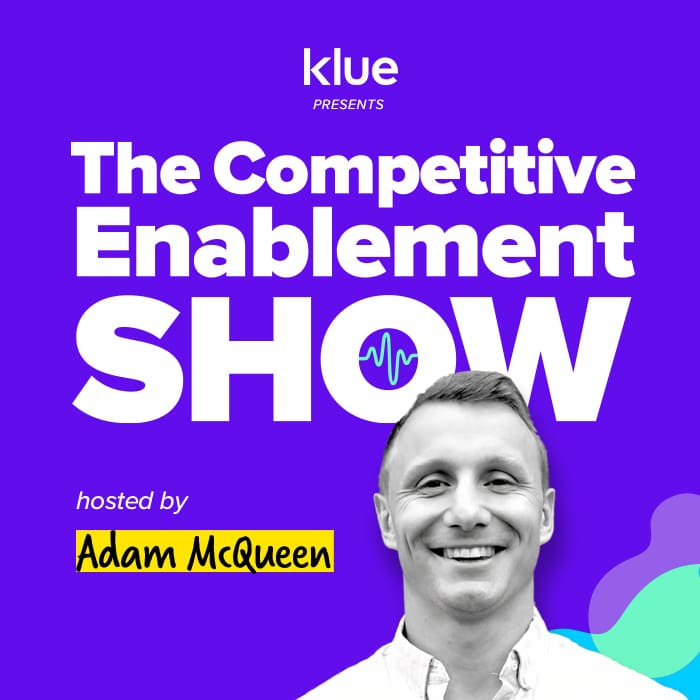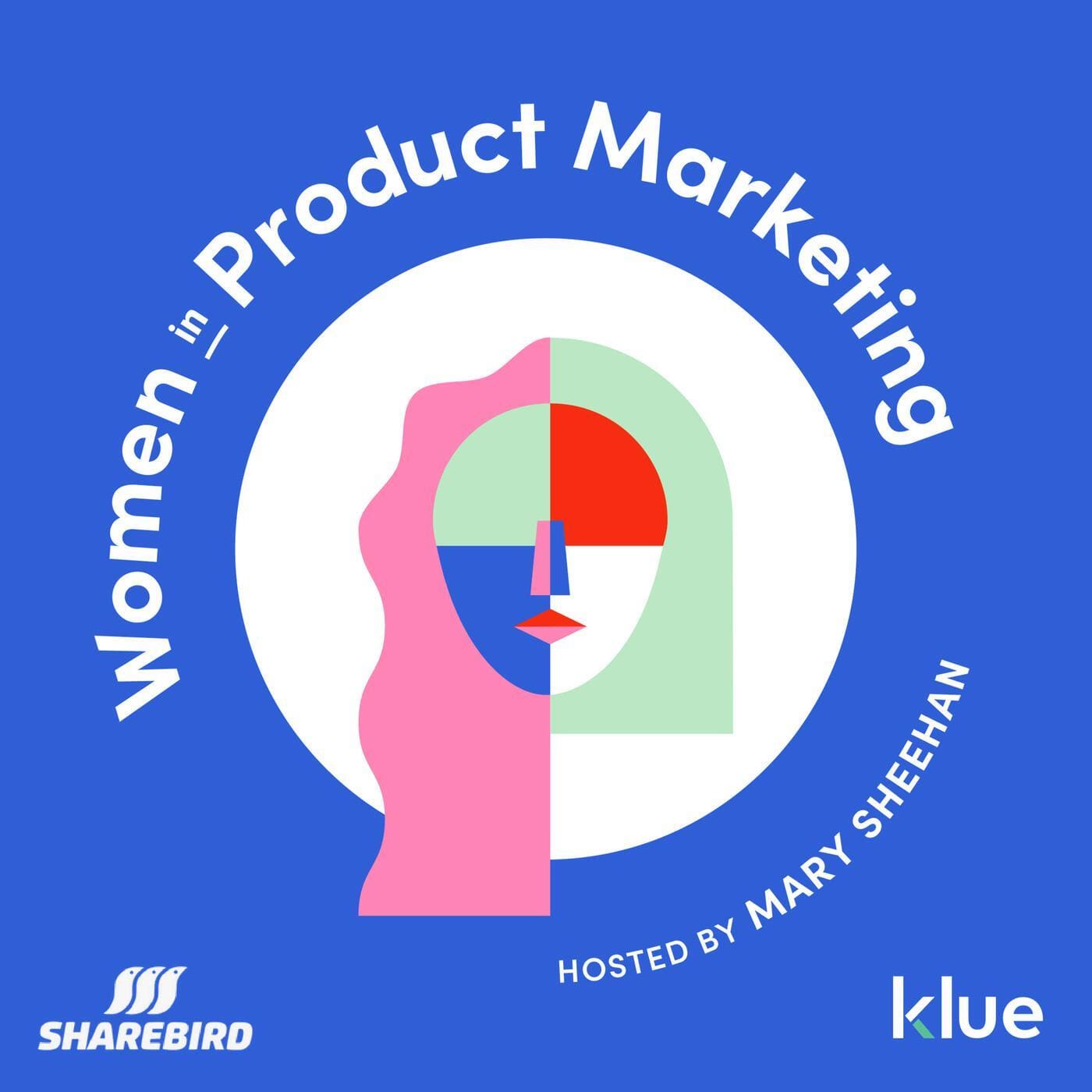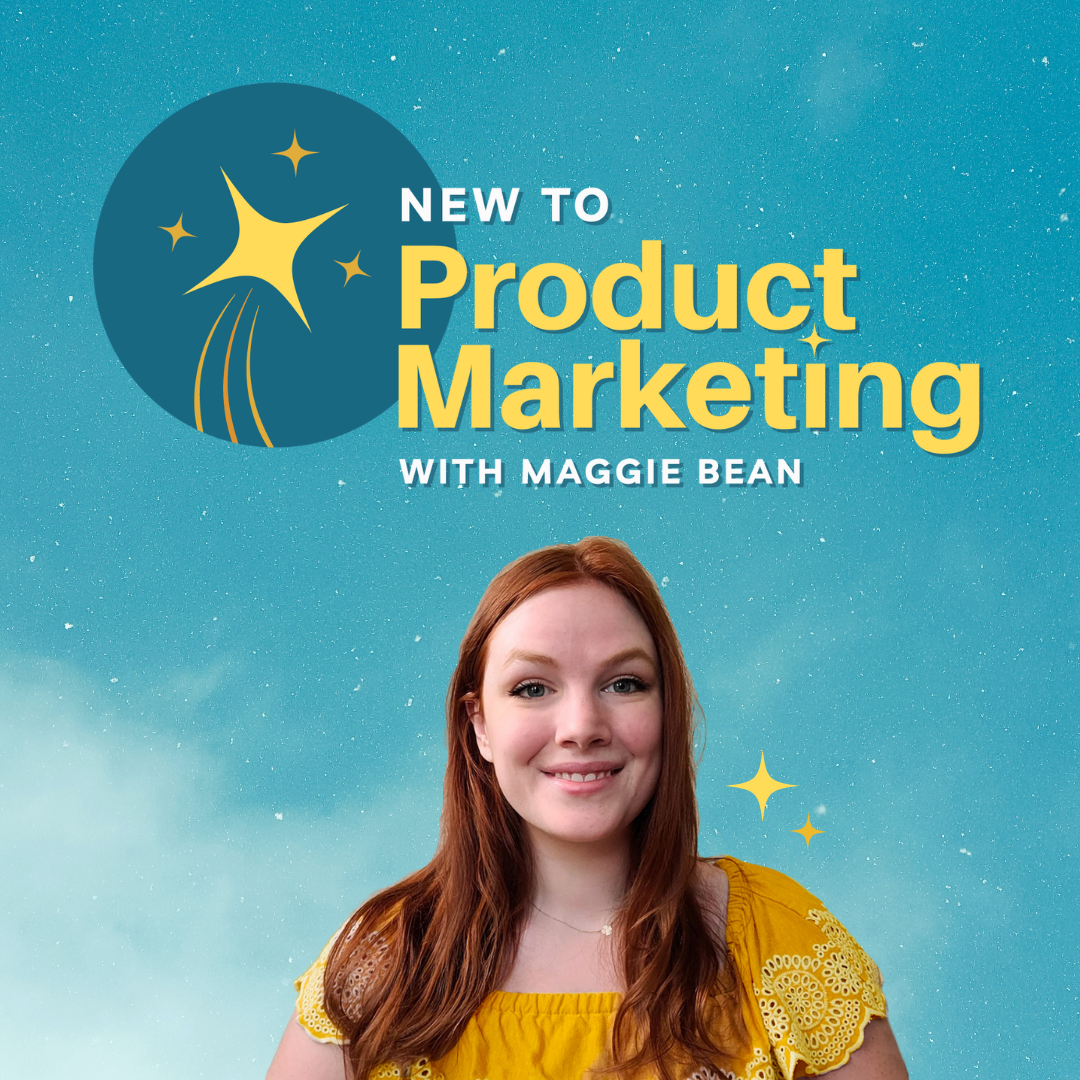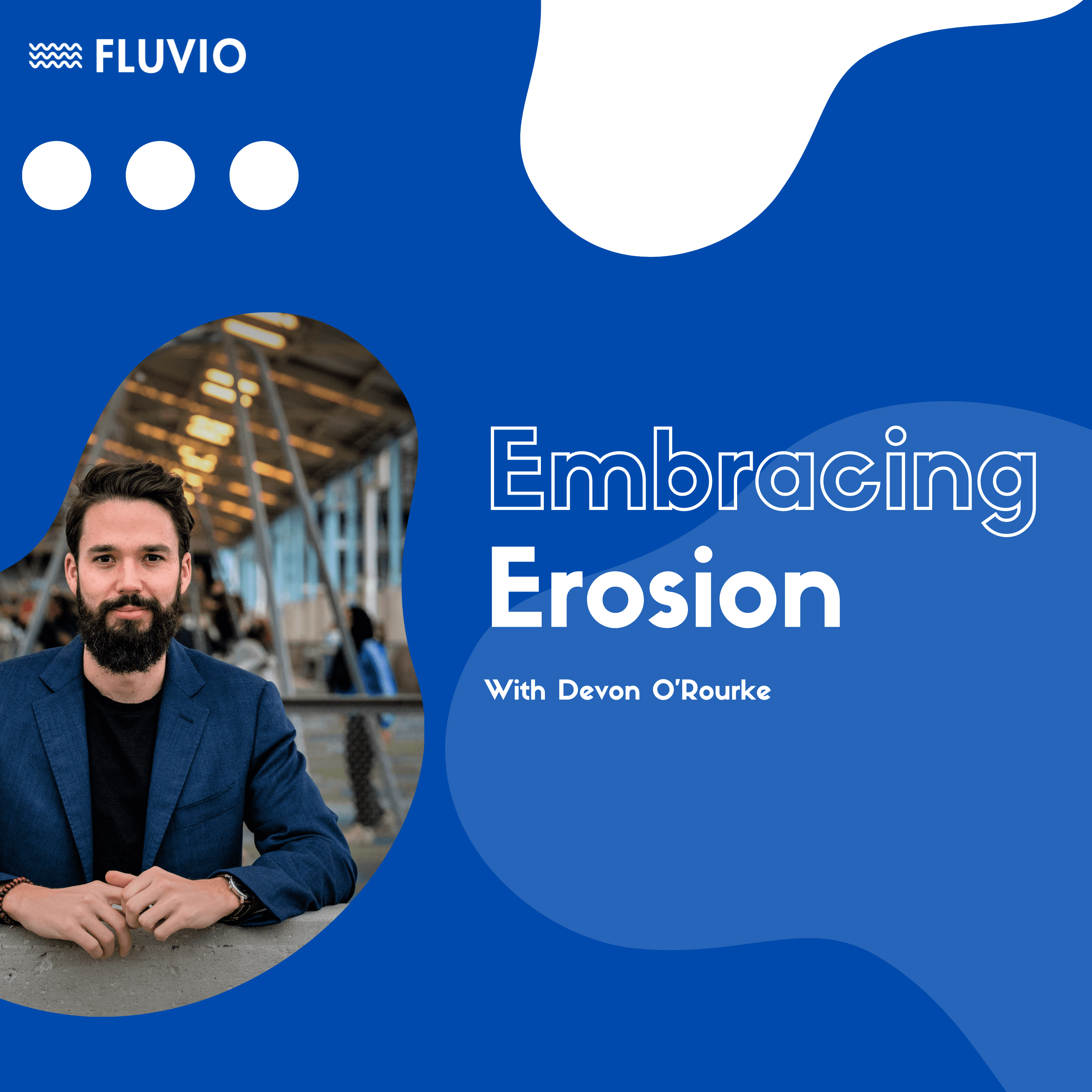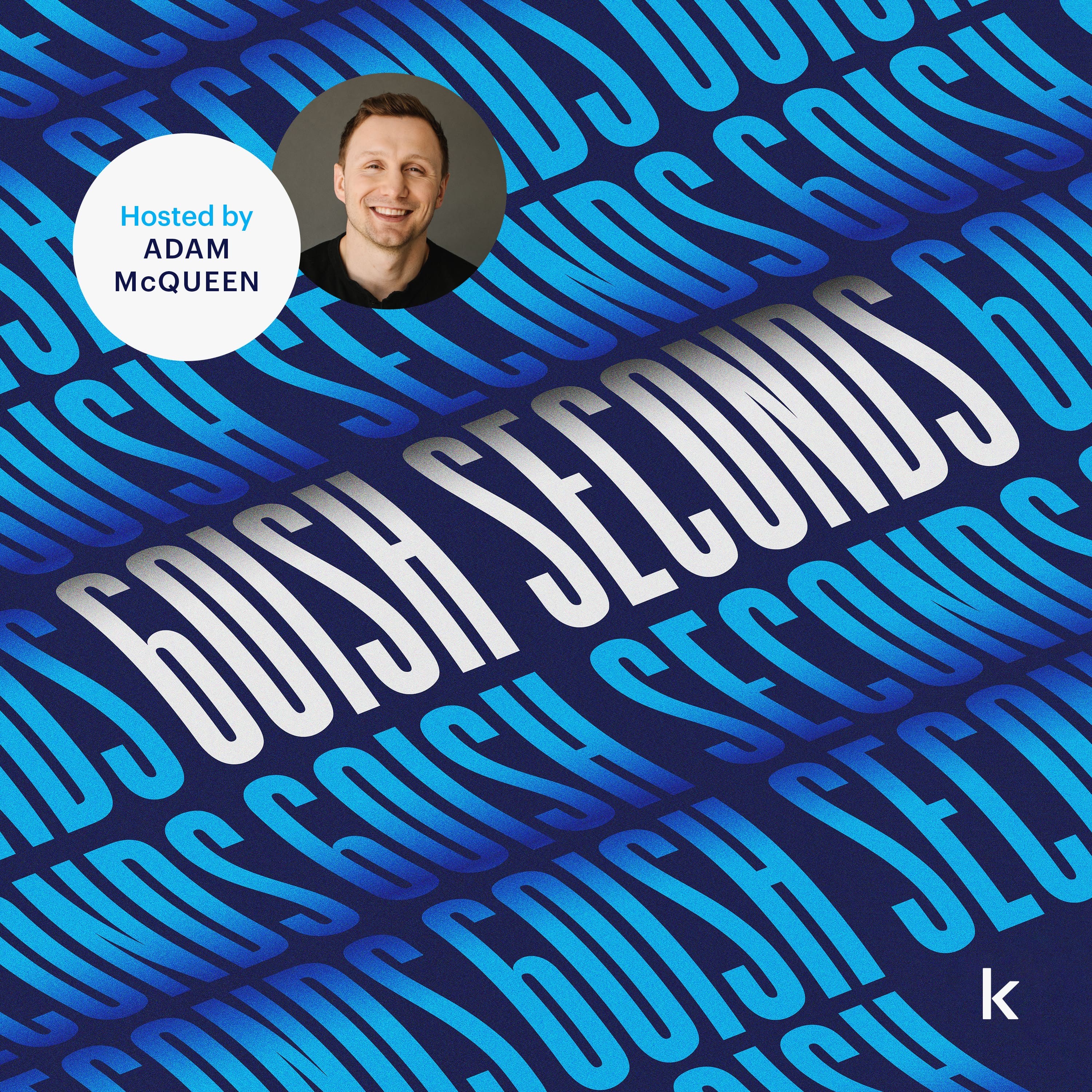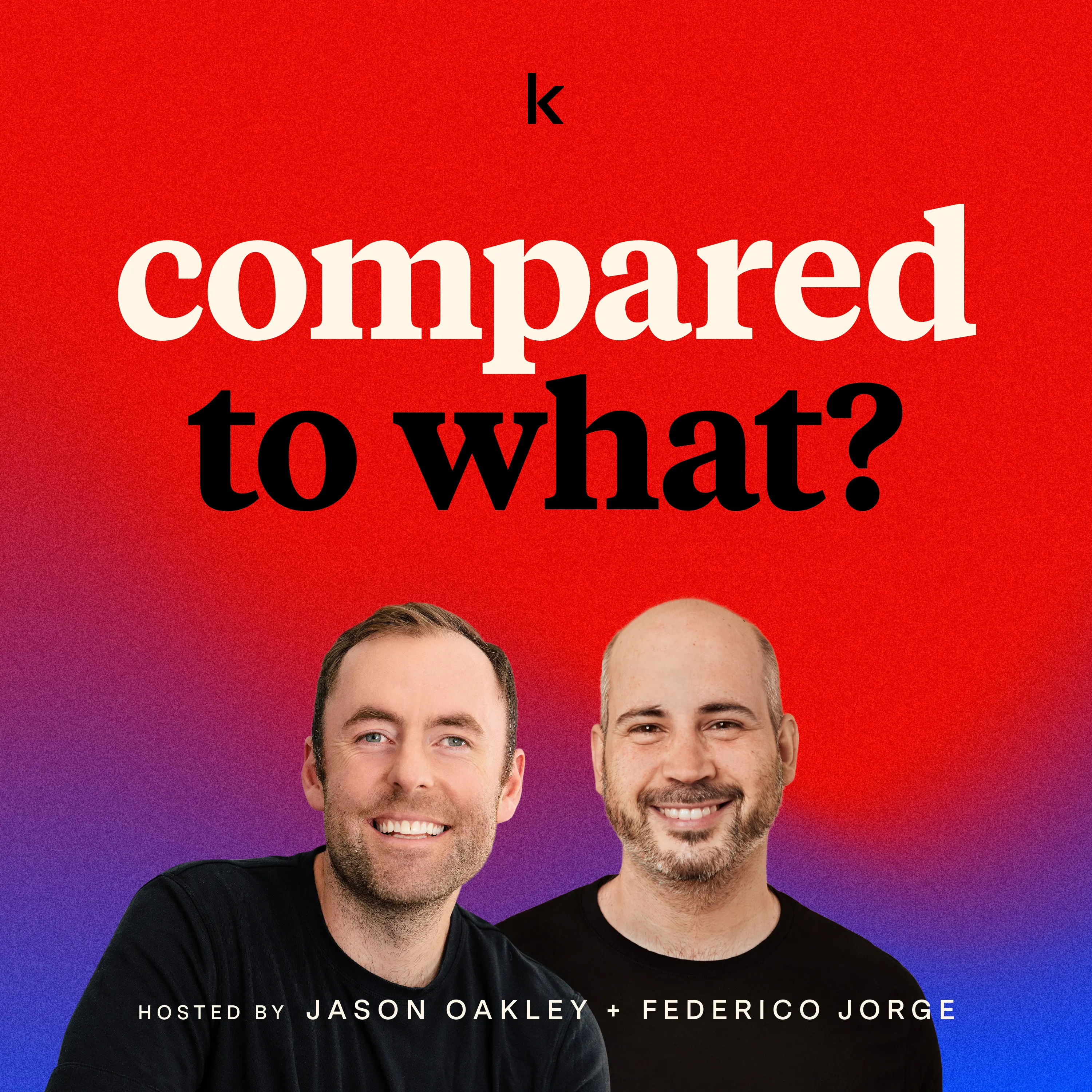Brand Building via Your Competitive Intel Newsletter, CE LIVE, Hot Takes
Three things I learned about competitive intel newsletters
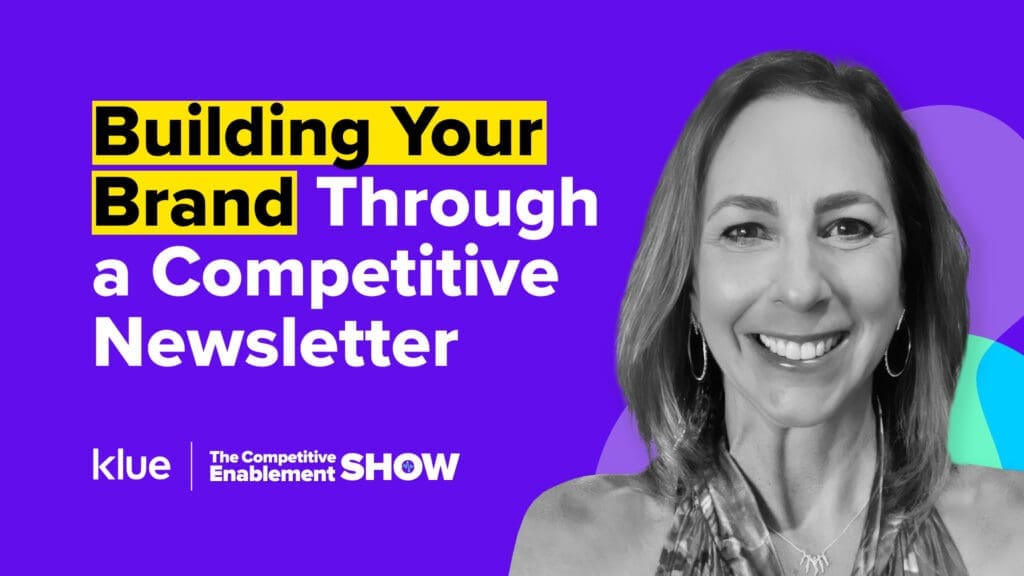

1️⃣ Make it sound conversational 1️⃣
A career in the enterprise has given Penny’s writing a corporate tone.
No shade thrown at corporate speak, but if you REALLY want to connect with your audience, you need to make your writing sound conversational — not measured.
Now, if your brand’s tone is very corporate, you won’t want to step too far out of line in your Competitive Intel Newsletter.
But if you work for a company like Zuora, where laid back and fun is part of their brand voice, you should relish the opportunity and put a little pizzazz in your newsletter.
“Add some humour, sound like a real person, just to give it a little spice.”
No matter the brand voice, making your newsletter sound conversational should be a priority. Even if you have to strike a more formal tone in your writing, a well-timed pop culture reference or pun can help loosen it up.
So save textbook writing for textbooks and legal writing for legal documents.
Make your competitive intel newsletter FUN.
2️⃣ Build a brand 2️⃣
Your compete program needs a brand — an identity to help it stand out in your organization.
This won’t happen right away. It takes time to build and maintain a positive reputation among your peers.
But you can create a really strong first impression for your entire compete program with a few key tricks in your competitive intel newsletter.
Start by giving it a catchy name. “This Week in Compete,” “Competitive Market Minute,” or “Competitive Watch” (as Penny’s is named) are all tried and true options.
“I keep that consistent brand with every issue that I send out. And also I use the same sections in my intro so they know what to expect every time.”
A fun name you include in the subject line of every edition is a great start. But beyond that is where you’ll start building a deeper identity.
Above all you want to be seen as a reliable purveyor of intel and insights. One way you can start to flex that muscle is by being consistent in the formatting of your intel newsletter.
Using similar sections, and a similar amount of intel every time helps build your brand as a trustworthy and reliable partner.
When people start knowing what to expect from you, that’s when your brand identity reaches a new level.
3️⃣ Shout out your sellers 3️⃣
A little recognition goes a long way in building a culture of compete. Same goes for your newsletter.
Without fail, make sure you’re acknowledging your reps and colleagues who take the time to share intel with you. And do it every single time.
“They love the recognition and I’m trying to especially recognize those that are crowdsourcing and proactively sharing intel.”
The best part of this new age of compete is that no longer are CI pros related to the back office.
As Chris Agnoli of Juniper Networks puts it, compete is now a two-way street between intel being collected, shared and implemented.
But in order to get there, you need to engage your stakeholders and get them excited about your compete program. Giving intel sharers the recognition they deserve is a sure-fire way of getting there.
Every single newsletter writer in our series believes in giving colleagues shoutouts.
It’s a light touch that builds a flywheel of success.
Ask the experts
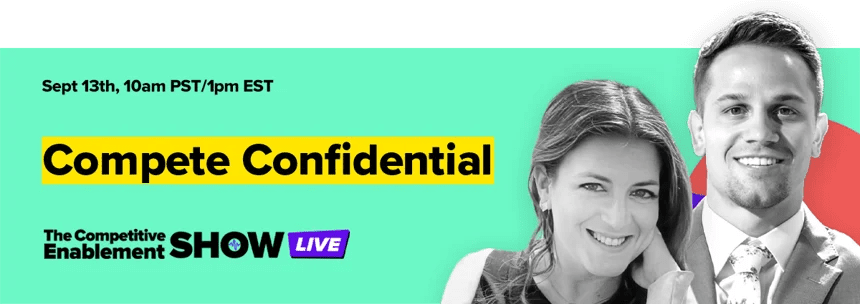

Go ahead, we’re all friends here — ask us ANYTHING.
The Competitive Enablement Show LIVE is back on September 13th. And we’ve got two of the best primed and ready to answer any and all of your burning questions.
Competitive Intelligence Manager at Autodesk. Before that, he was an Intelligence Analyst at JP Morgan Chase and at the US DoD before that. He’s seen it all, working with organizations big and small.
Competitive Intelligence Team Lead at JFrog. You may recognize her from Klue Content like the Competitive Intel Newsletter Guide & Template. As the lucky person who got to interview her for that project, I can tell you she’s got a TON of great knowledge to share.
Submit your questions ahead of time here. And to get your creative juices flowing, here are some of our favourite submitted questions so far:
- How do you get execs engaged with win-loss memos?
- How do you get updated competitive intel from the field?
- What AI is actually useful vs. hype in your role today?
Coffee & Compete Community Corner
My next guest needs no introduction…
Ashleigh Eisinger is here to tell you why “Lost to a Competitor” just doesn’t cut it as a loss reason.
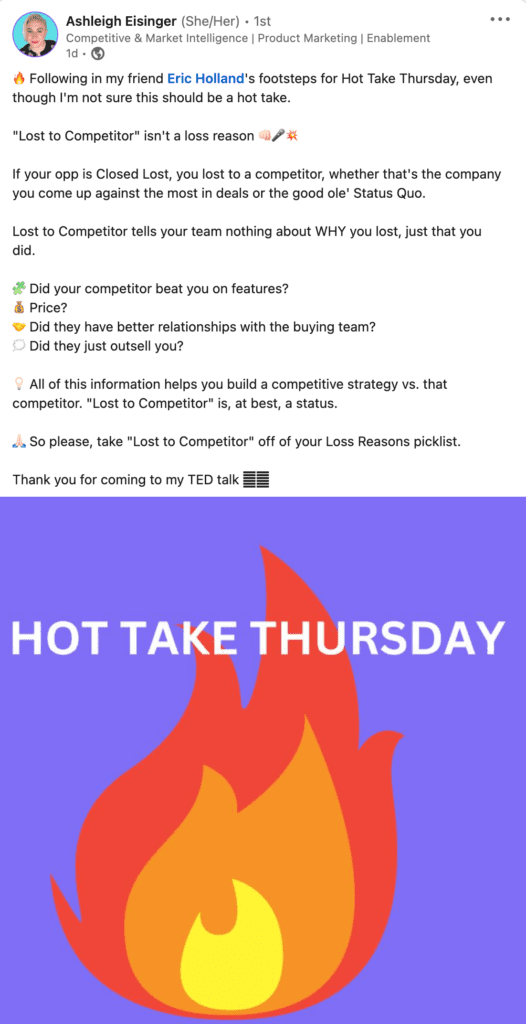

Thanks for reading this week’s edition of Coffee & Compete. As always, please reach out to me and the rest of the team with your thoughts and feedback. And If you know someone who isn’t already subscribed to Coffee & Compete, be a good friend and tell them about us. |


NEWSLETTER
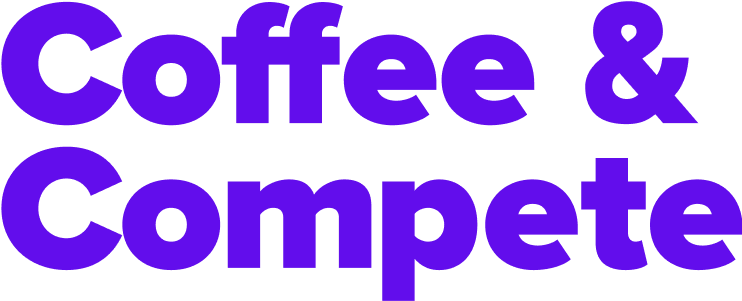
Never miss a new release on the network.
(Your competitors sure aren’t.)
Be the first to know about:
- The latest episodes dropping on the Compete Network
- Community sessions & events
- Upcoming exclusive shows

